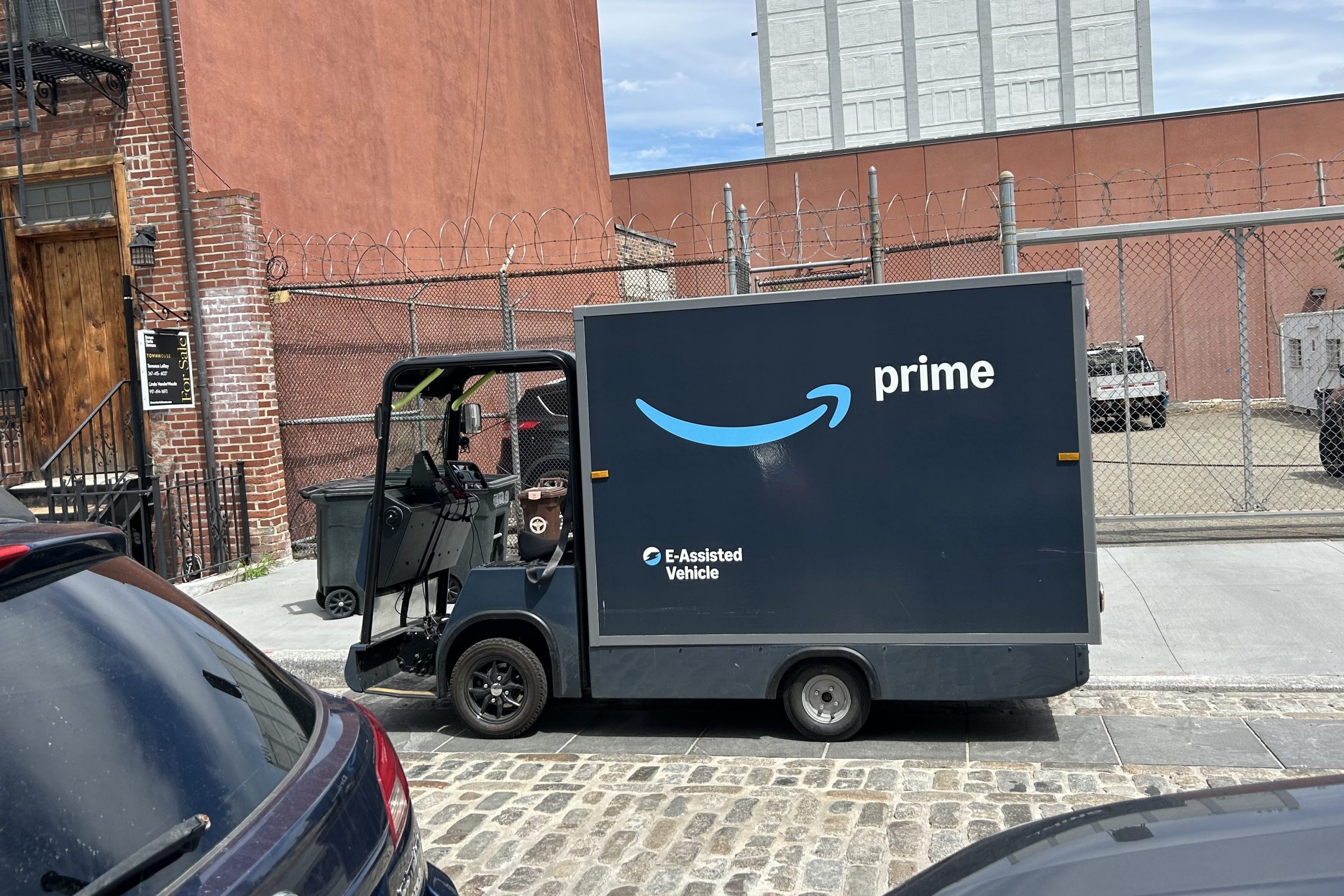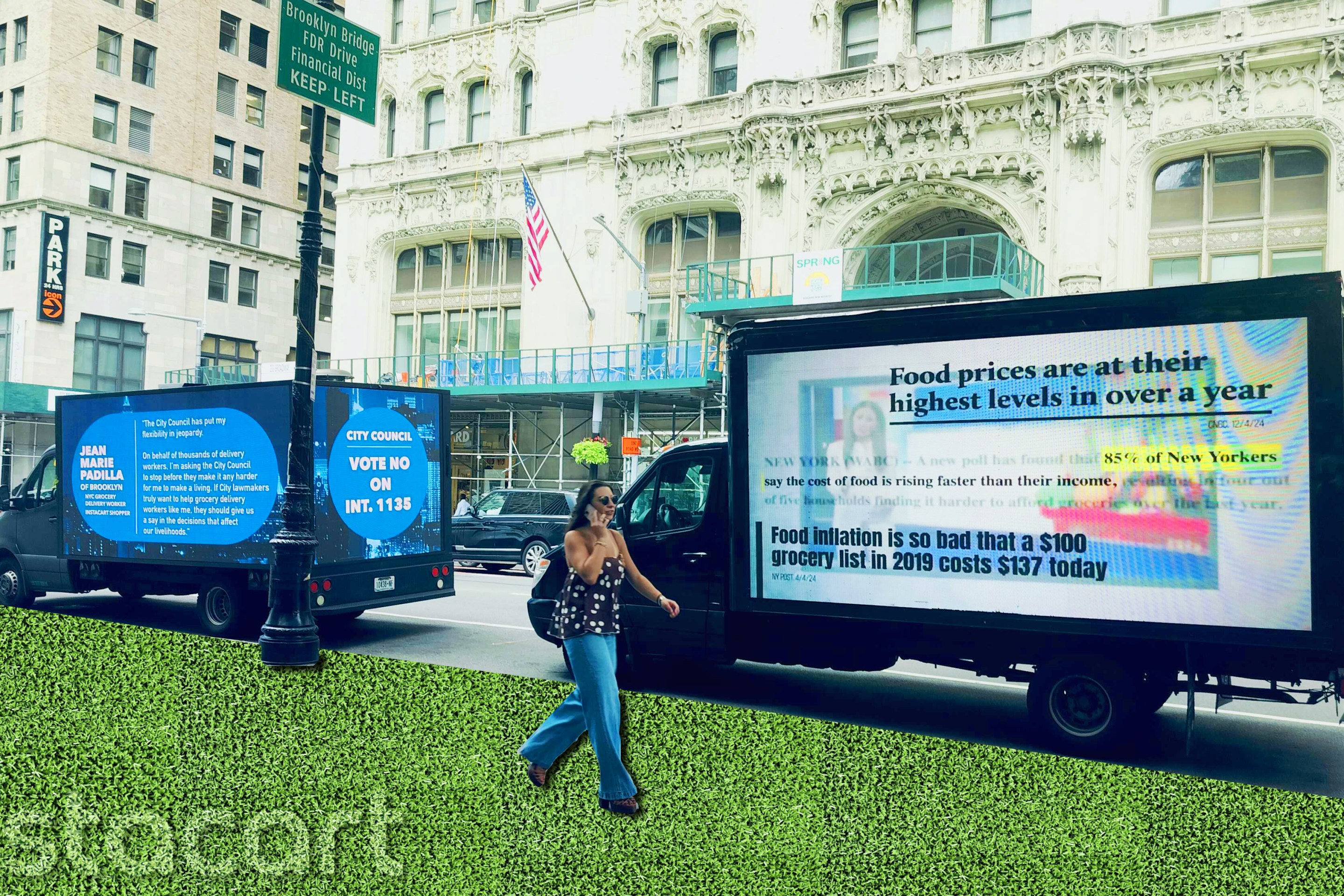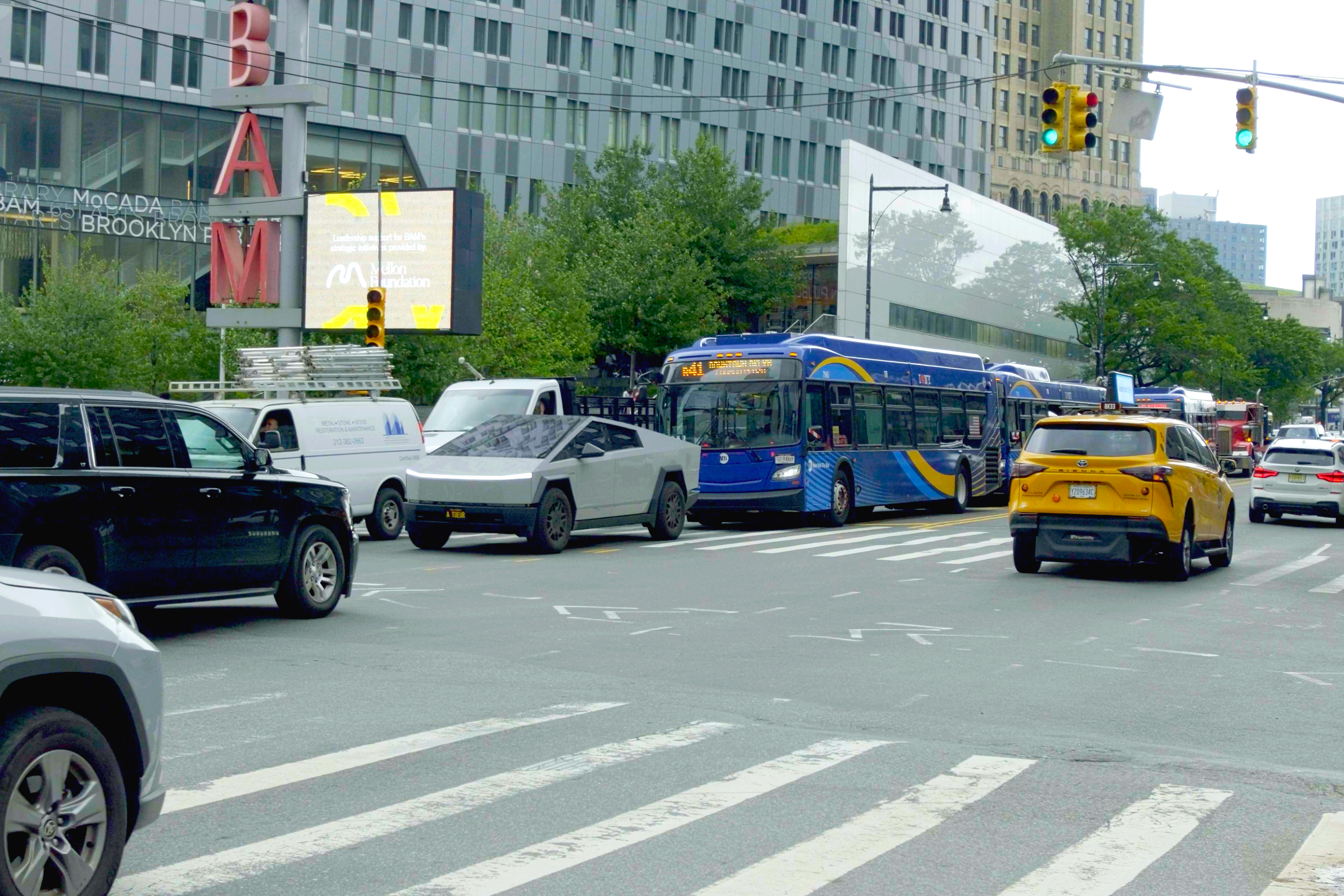With the release of Vision Zero safety plans for every borough last week, NYC DOT should be poised for a great run of street redesigns across the city. DOT knows where the problems are. It has a modern street design toolkit at its disposal and years of data proving that these templates work in New York City. The mandate from City Hall is urgent – eliminate traffic deaths by 2024.

One year into Polly Trottenberg’s tenure at the top of the agency, however, the bold steps from DOT exist mainly on paper. DOT may set a new standard for busway design in NYC with its plan for Woodhaven Boulevard Bus Rapid Transit. It could completely overhaul Queens Boulevard for safe walking and biking.
Making good on these early promises would be a huge accomplishment, but right now that’s still a big if. These are major projects that won’t be finished for at least a couple of years. Not only will it take some guts to see them through, but DOT will also need to make a lot of headway with its quicker, short-term projects while the major stuff moves through the planning and implementation process.
In 2014, the agency didn’t pursue its annual allotment of street redesigns with the strength of purpose that a Vision Zero goal requires. DOT kept things moving in the right direction, but it also left the best street design options on the table and failed to advance ideas that should be in the project pipeline by now.
DOT’s proposed road diet for Riverside Drive inexplicably left out protected bike lanes, which could narrow the general traffic lanes, reduce speeding, and provide more space for pedestrians crossing the street. Residents of the Upper West Side had to demand more pedestrian refuges on West End Avenue than DOT first proposed. The agency still hasn’t come out with a plan for a protected bike lane on Amsterdam Avenue, despite the impending arrival of Citi Bike and repeated votes from the local community board asking for a proposal.
The first-year transition period is over. DOT’s Citi Bike negotiations are out of the way. The borough safety plans are public. Now it’s time for action to match the bold goals of Vision Zero.
Here are six reasons why Polly Trottenberg's DOT needs to raise its game in 2015.
1) To achieve its Vision Zero goals, the de Blasio administration must improve street safety more rapidly
Traffic fatalities dropped to 250 last year from 293 in 2013, a sizeable improvement that indicates the street safety policies enacted in year one of Vision Zero had an effect. But 2013 was an unusually bad year, and 250 traffic deaths is just an 8.4 percent drop from the prior three year average of 273.
To even come close to eliminating traffic deaths by 2024, the de Blasio administration will have to accelerate the reduction in fatalities. Something on the order of a 30 percent annual drop for nine years running is what it will take. City Hall can’t rest on its laurels.
2) NYC DOT is the agency in the best position to make change happen fast
In 2014, NYPD made incremental progress, increasing enforcement of speeding and failure to yield violations. The department is just beginning to apply the new Right of Way Law. There’s still much more room for improvement. Making traffic safety a top priority at every precinct is going to be a long, difficult fight, requiring agency-wide culture change.
At NYC DOT, the agency culture is already aligned with Vision Zero to a large extent. The talent is there to pull off bold street redesigns. The question is whether the agency and City Hall have the political will to make good on that potential.
3) Bolder street redesigns make a big difference
DOT’s street redesigns routinely reduce crashes that cause injuries between 20 and 50 percent, as documented in the agency’s 2013 report, "Making Safer Streets" [PDF]. Effective interventions can’t be boiled down to a single strategy, but in general, you have to claim space from general motor vehicle traffic to create designs that slow drivers to a non-lethal speed and provide safe conditions for walking and biking.
Perhaps no major global city has claimed more street space for walking, biking, and transit in recent years than Paris. Most of the city's big avenues now have physically separated transitways, and a network of major two-way streets have been transformed into “civilized spaces” with bus lanes, protected bike lanes, and pedestrian zones.

Together with better traffic enforcement and parking management, these steps helped reduce traffic deaths in Paris 75 percent from 2001 to 2013. In the same period, NYC traffic deaths fell 25 percent. Even accounting for the drop in fatalities last year, NYC's population-adjusted traffic fatality rate is now twice as high as Paris's. We have to do better.
4) The political support for street redesigns has never been greater
City Council support for repurposing street space is at an all-time high. Speaker Melissa Mark-Viverito and her deputy, Brad Lander, are veterans of the 2011-era bikelash who stood their ground when major street overhauls in their districts came under attack. There won't be a repeat of episodes like this on their watch.
Council Member Julissa Ferreras is writing to DOT asking for protected bike lanes in Corona. Freshman council members Ritchie Torres, Vanessa Gibson, Mark Levine, Costa Constantinides, Antonio Reynoso, and Carlos Menchaca are all on the record supporting the need to change our streets. Even Southeast Queens Republican Eric Ulrich is asking for major changes to Woodhaven Boulevard to protect his constituents from getting run over. The opportunity to overhaul our streets is immense.

It's comforting to think that the council will get progressively better on street design with every election -- and that could happen! -- but there are no guarantees. Several council members will be term-limited in three years, all the more reason to strike while the iron is hot.
5) New York City's de facto veto points are self-evidently ridiculous
When a key community board member objects to a road diet because he thinks it will delay his weekend getaways to Vermont, there's no longer any pretense that he's speaking on behalf of "the community." And there's no longer any excuse for validating such perspectives by watering down or delaying street redesigns that will save lives.
6) The moral imperative
The most important reason for maximum action on street redesigns is the underlying reason for Vision Zero itself: We have a moral obligation to stop the preventable loss of life on our streets.
When the mayor and his commissioners committed to Vision Zero, they amplified the imperative to act. Other cities are looking to New York to see how we'll pull off a dramatic reduction in traffic violence. Other mayors are following de Blasio's lead and adopting Vision Zero platforms. With such a high profile, there's more on the line: If New York stumbles and fails to deliver results commensurate to its ambitious goals, the premise that all traffic deaths can be prevented will lose its power.
The stakes are high and it's time to act boldly.





